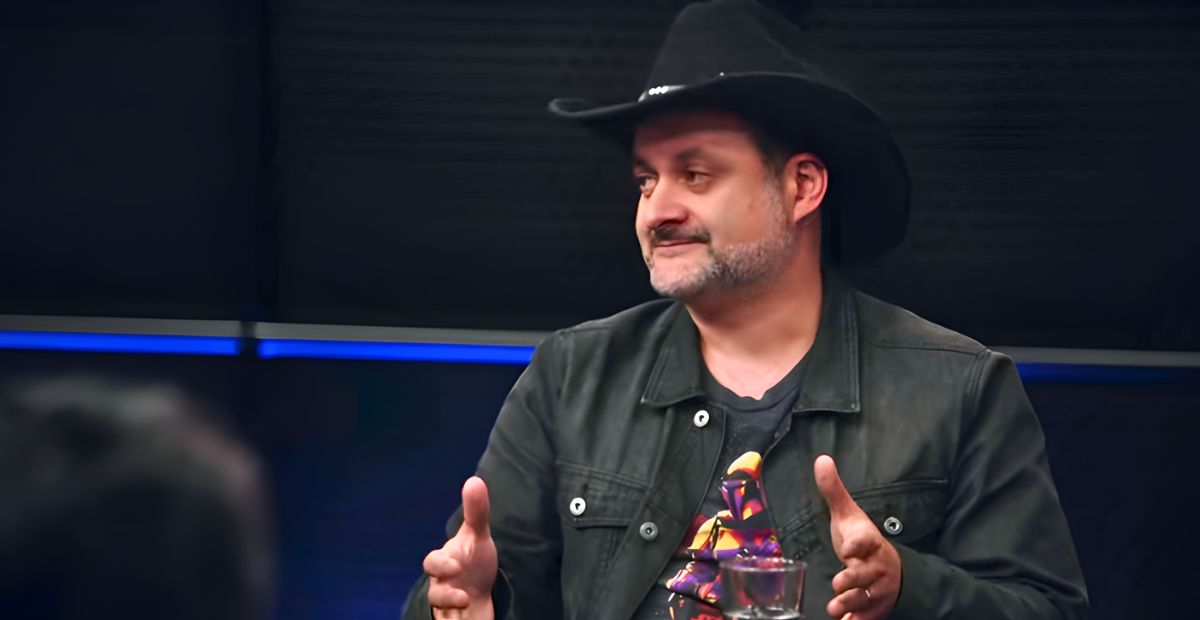We all know how emotional Darth Maul’s ending was in Star Wars Rebels. After years of hate, pain, and revenge, his final moment wasn’t a huge lightsaber duel or explosion — it was quiet, short, and deeply tragic. Maul finally found Obi-Wan again, but instead of rage, their last meeting ended in peace.
But did you know that the story behind this moment was almost completely different? In fact, at first, the plan was for Darth Vader to kill Maul in Rebels Season 2, until Dave Filoni, the creator behind The Clone Wars and Rebels, changed his mind.
Filoni Explains Why Only Obi-Wan Could Finish Maul’s Journey
Filoni initially considered ending Maul’s story with Darth Vader, but ultimately realized it had to be Obi-Wan, the one person whose history with Maul made the moment truly meaningful.
In his interview with IGN, Dave Filoni explained that while early drafts of Star Wars Rebels Season 2 explored the idea of Vader killing Maul, the team quickly realized it didn’t fit the story or the characters.
In Filoni’s words, “I think we all felt that it was always appropriate for Obi-Wan to do this. The truth of the matter is besides it being visually interesting to see Vader fight Maul, they don’t really have a lot of relation as characters. Maul doesn’t really deal with Anakin in any way.”
Filoni explained that while a duel between Vader and Maul might look incredible, it wouldn’t carry the same emotional weight. There was no real connection between the two — they barely crossed paths, and Maul’s obsession had always been focused on one man: Obi-Wan Kenobi.
To Maul, Obi-Wan wasn’t just a Jedi who defeated him; he was the one who defined his life after that fall on Naboo. Losing to Obi-Wan changed everything for him — it turned Maul into what he became: broken, obsessed, and consumed by revenge. So when Filoni brought him back in Rebels, he wanted Maul’s story to end where it began, with the same man who had set him on this path.
As Filoni said, this final encounter gave Obi-Wan his “moment back,” since The Phantom Menace had originally ended that story abruptly. Now, Obi-Wan could face Maul one last time, not as a vengeful warrior, but as a wise Jedi who had learned from his past.
Why the Fight Is So Tragic for Maul
So hearing from Filoni that Obi-Wan was always meant to be the one who ended Maul’s fate, the fight becomes even more powerful when you understand his explanation.
What makes this final duel between Obi-Wan and Maul so emotional isn’t just how short it is — it’s how tragic and meaningful it becomes once you know what Dave Filoni was trying to show.
Filoni explained that the fight wasn’t meant to be some flashy rematch, but a reflection of who these two men had become after decades of pain and growth. “I tried to create a lot of visual parallels in the episode between the way Qui-Gon dies and then Maul dies, both in Obi-Wan’s arms,” he said. “I wanted to create a lot of similarities in the way the fight happened and the way Obi-Wan beats Maul.”
But what really hits deeper is Filoni’s view of Maul himself: “I don’t think Maul ever accepted a path of selflessness and enlightenment. In the end, never getting over his need for revenge, and his anger, and the way his life worked out is what undid him.”
In another interview, Filoni expanded on this idea while explaining how the scene was choreographed. Originally, the fight was even shorter, a single strike from Obi-Wan that ended it instantly. But Filoni changed it, saying, “Originally, I had it where Maul came in and it was one strike, but for Maul’s style, which is very fast, I thought, well, it doesn’t feel like Maul with one strike. I needed one, two, three. The third move should be the move that he gets Qui-Gon with, which is a block and then up. He uses the blunt part of his lightsaber to hit Qui-Gon in the face and stun him.”
He continued, “But Obi-Wan saw that — Obi-Wan was there — and in that moment, he’s ready for it. He sees the symmetry of the moment and he’s able to counter it. The apprentice learned from the master’s mistake. All these years later, and Maul never learned.”
That’s the heart of this duel. Maul never learned to let go, he was still fighting the same war from The Phantom Menace. Obi-Wan, on the other hand, had learned to move beyond hate. So when their sabers finally crossed, it wasn’t a contest of strength; it was a clash between obsession and peace.
Filoni even said that Obi-Wan wouldn’t have killed Maul if he didn’t have to: “I firmly believe that Obi-Wan, if left to his own devices, would not have killed Maul if he didn’t have to.” That single line captures everything — this wasn’t vengeance; it was closure.
And when Maul finally falls into Obi-Wan’s arms, dying in the same way Qui-Gon once did, the circle completes. The fight ends not with anger, but with understanding — one man finally free, and the other finally at peace.

